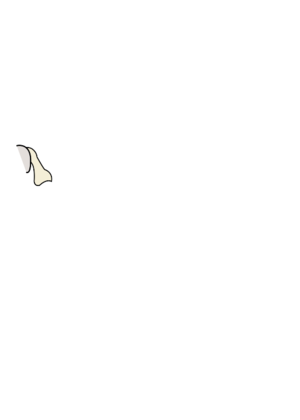Hand
The hand is an extremity possessed by most bipedal mammals. The hand typically contains extensions called fingers and a set of muscle groups that allow for more complicated and precise movements in comparison to the other extremities. The primary purpose of the hand is to allow an organism to physicaly manipulate objects in it's environment. Humans and other primates use the hand as a means for building and controlling tools.
Anatomy
The human hand consists of 27 bones - two rows of carpals forming the wrist (consisting of the scaphoid, lunate, triquetral and pisiform proximally, and the trapezoid, trapezium, capitate and hamate distally), followed by five metacarpals forming the palm, and 3 phalanges for each finger (proximal, distal and intermediate) and 2 phalanges for the thumb. These bones provide the attachments for the tendons of the long muscles originating from the humerus and the radius and ulnar bones of the forearm, as well as the short muscles of the hand.
The wrist is controlled by 4 muscles - the extensor carpi radialis and ulnaris and flexor carpi radialis and ulnaris. Attached to the carpal bones of the wrist, these muscles allow for flexion, extension, abduction, adduction and circumduction. The fingers and thumb are also largely controlled by muscles arising in the forearm, their tendons passing under retinaculums (stong fibrous bands at joints, forming the carpal tunnel ) at the wrist to prevent them bow stringing during flexion and extension. Small muscles in the hand provide additional mobility to the digits, such as the interossei muscles, located between the metacarpals, which abduct and adduct the fingers, and the various muscles of the thenar eminence which provide the ability to oppose thumb and forefinger.
These muscles are innervated by the ulnar, radial and median nerves.[1]
The Hand Throughout The Animal Kingdom
Structures in the human hand are remarkably similar throughout mammals, birds and reptiles, and can even be seen in some fossils. Most mammals have comparable bones, even whales and bats, although some are significantly distorted, such as in a horse's hoof.[2] The opposable thumb makes it possible to grasp branches and manipulate tools. Other than humans, the only other species with oppossable thumbs are other primates, such as chimpanzees, whose hands are also much stronger.

